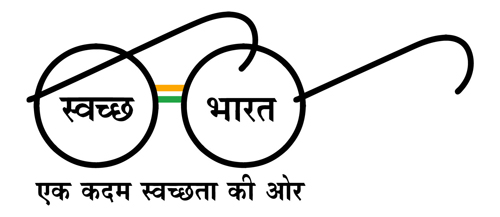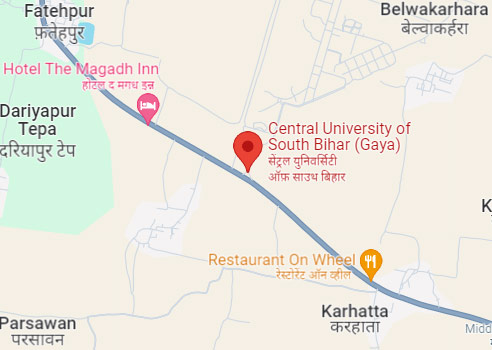Research paper of Dr. Samapika Mahapatra published in International Journal of Human Movement and Sports Sciences
Danger Looms Over Gulmarg’s Snowfall: A Crisis for International Skiers
Gulmarg, India’s premier ski tourism destination, is rapidly losing its snow cover due to climate change. A research paper titled "Shrinking Snow Cover and Its Implications for Ski in Gulmarg: A Case Study of International Athletes", published in the Scopus-indexed journal *International Journal of Human Movement and Sports Sciences*, by the research scholars from department of development studies, Shalu Sinha, Alok Kumar Dubey, Sahil Raj, and Samapika Mahapatra (Associate professor, department of Sociological studies), analyses a 14.82% decline in snow cover in the Gulmarg region over the past two decades (2004–2024). The study highlights the serious impact this has had on international-level ski athletes.

Using satellite data and GIS technology, the study found that in 2004, 71.23% of Gulmarg was covered in snow, which reduced to just 60.67% by 2024. This change has shortened the ski season by 2 to 3 months, significantly affecting athletes’ training schedules, competition participation, and career stability. In-depth interviews were conducted with five Indian international ski athletes as part of the study. These athletes reported not only a reduction in their practice time due to declining snow, but also having to travel to countries like Italy and Austria for training, which increased their financial burden. Many had to rely on crowdfunding or personal savings, as neither the government nor private sponsors provided adequate support. One athlete revealed that a year’s training could cost up to USD 17,000, while a single ski kit costs around USD 3,450.
Alongside financial pressure, athletes are also facing mental stress. Common psychological responses include frustration, despair, and lack of motivation. Some athletes have tried to cover their expenses by starting local tourism businesses, while others have even considered quitting the sport altogether. The research also revealed a decline in youth participation in skiing. Lack of essential infrastructure, inadequate training facilities, and government apathy are major obstacles to the popularity and development of snow sports in areas like Gulmarg. The study proposes several solutions, including the use of artificial snow-making technologies (such as snow guns), development of indoor ski facilities, increased government and private sector support for professional athletes, and affordable public-private partnership models. The researchers also suggest drawing inspiration from models like “Ski Dubai,” where world-class ski facilities exist even in the desert. This study presents the first comprehensive analysis of the impact of snow scarcity on ski athletes in Gulmarg. It not only reflects the effects of climate change but also calls for a re-evaluation of government roles in sports policy, infrastructure, and development. Without urgent intervention, the future of winter sports like skiing in India could be bleak.







